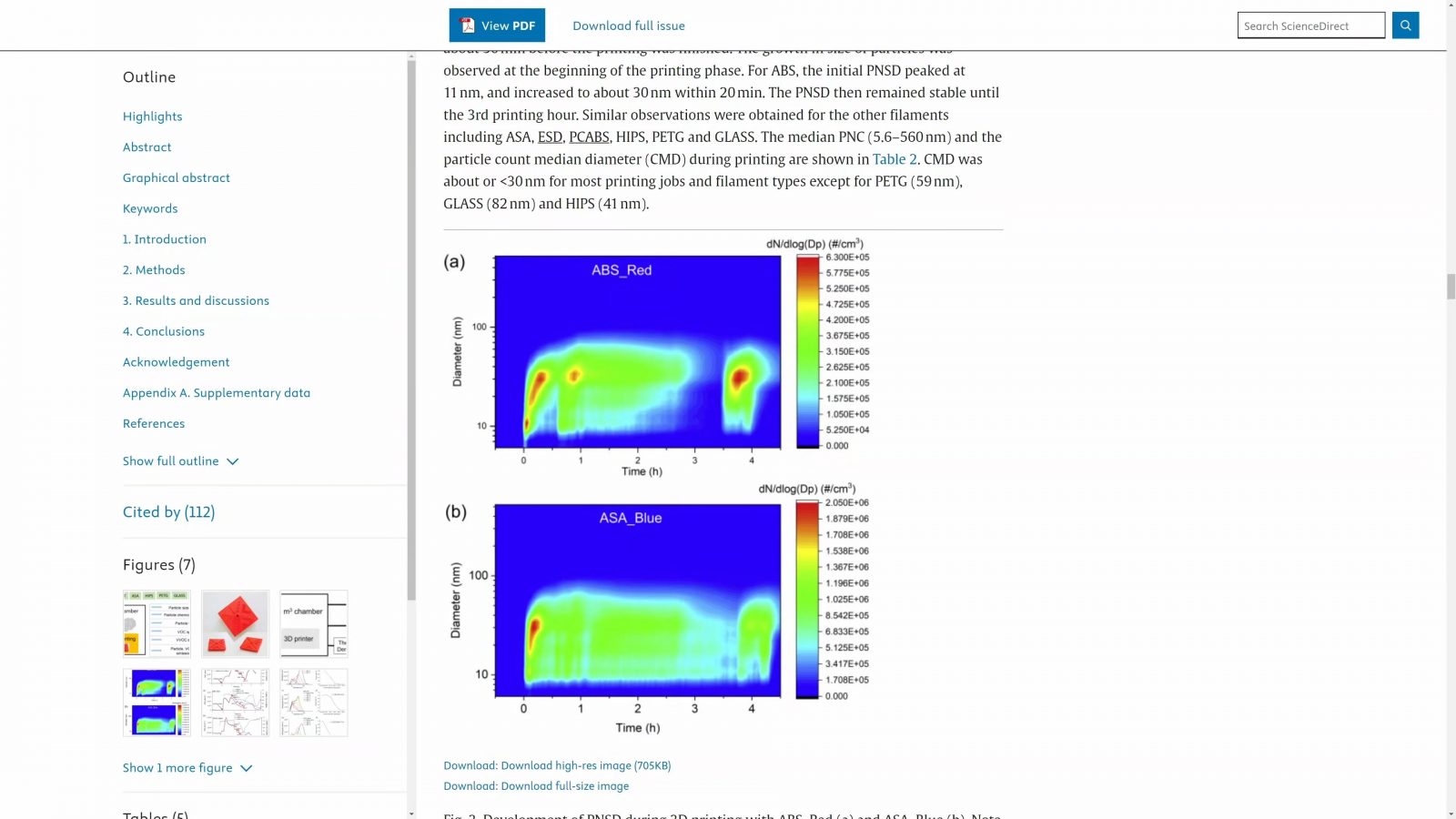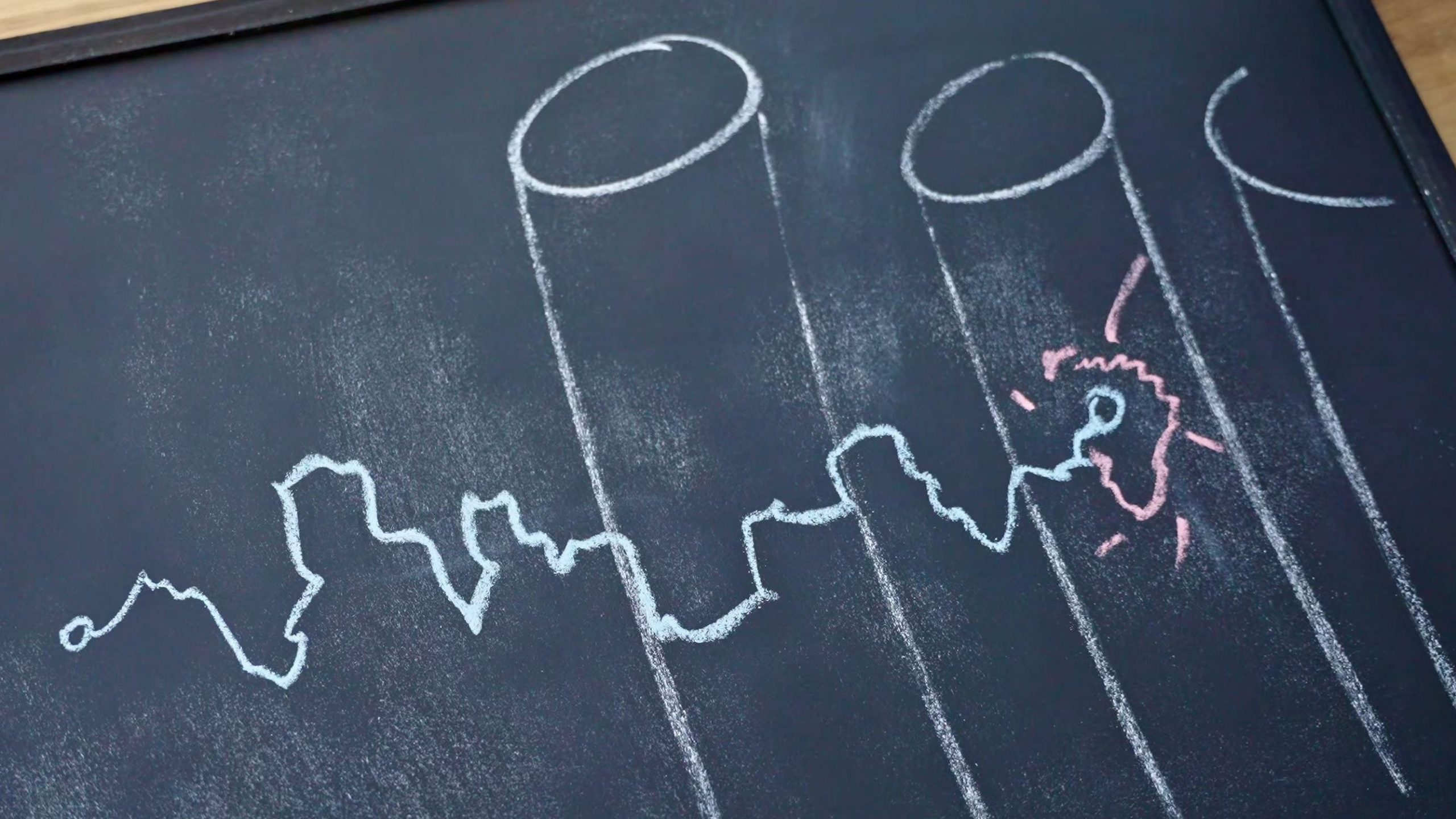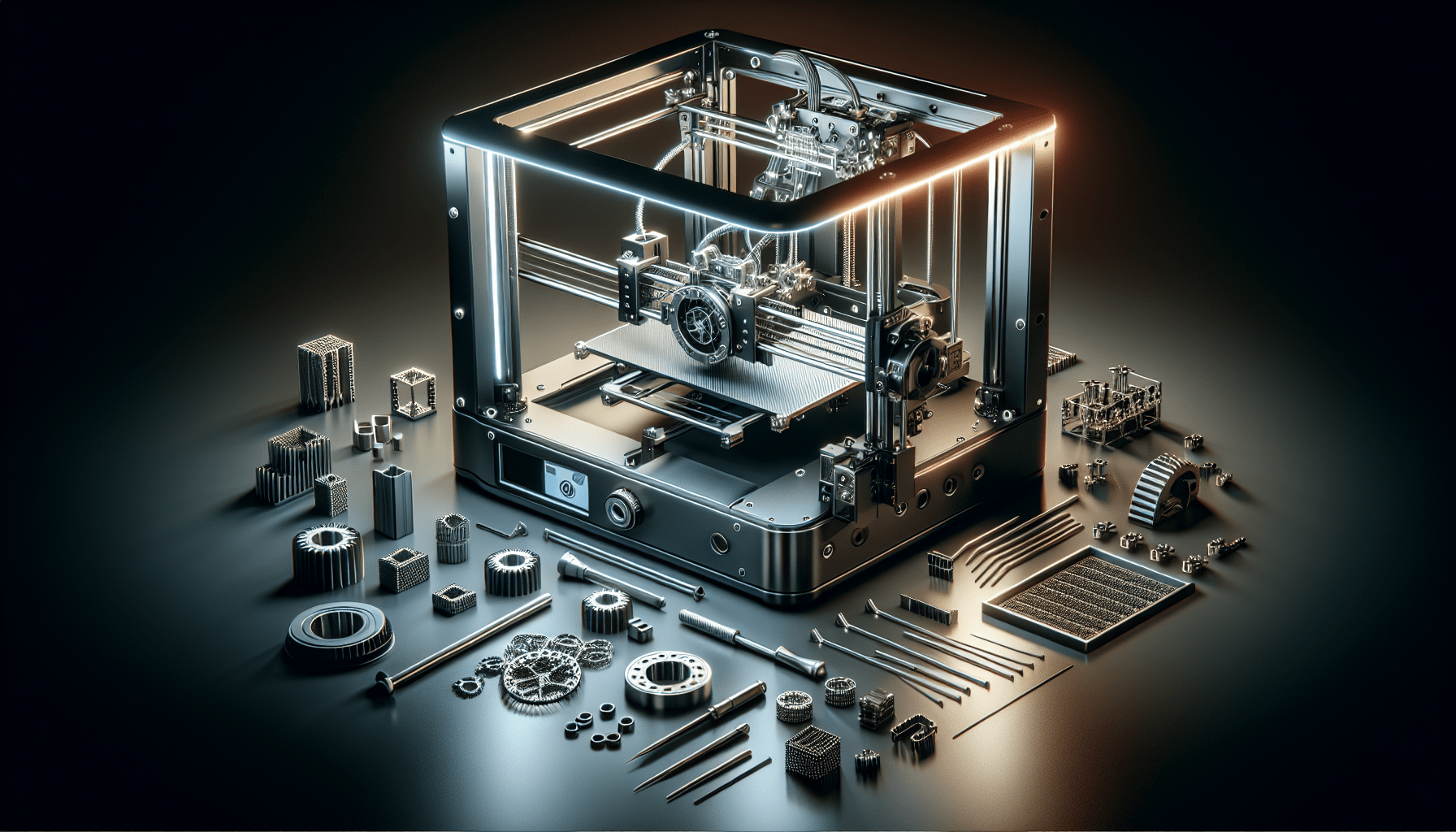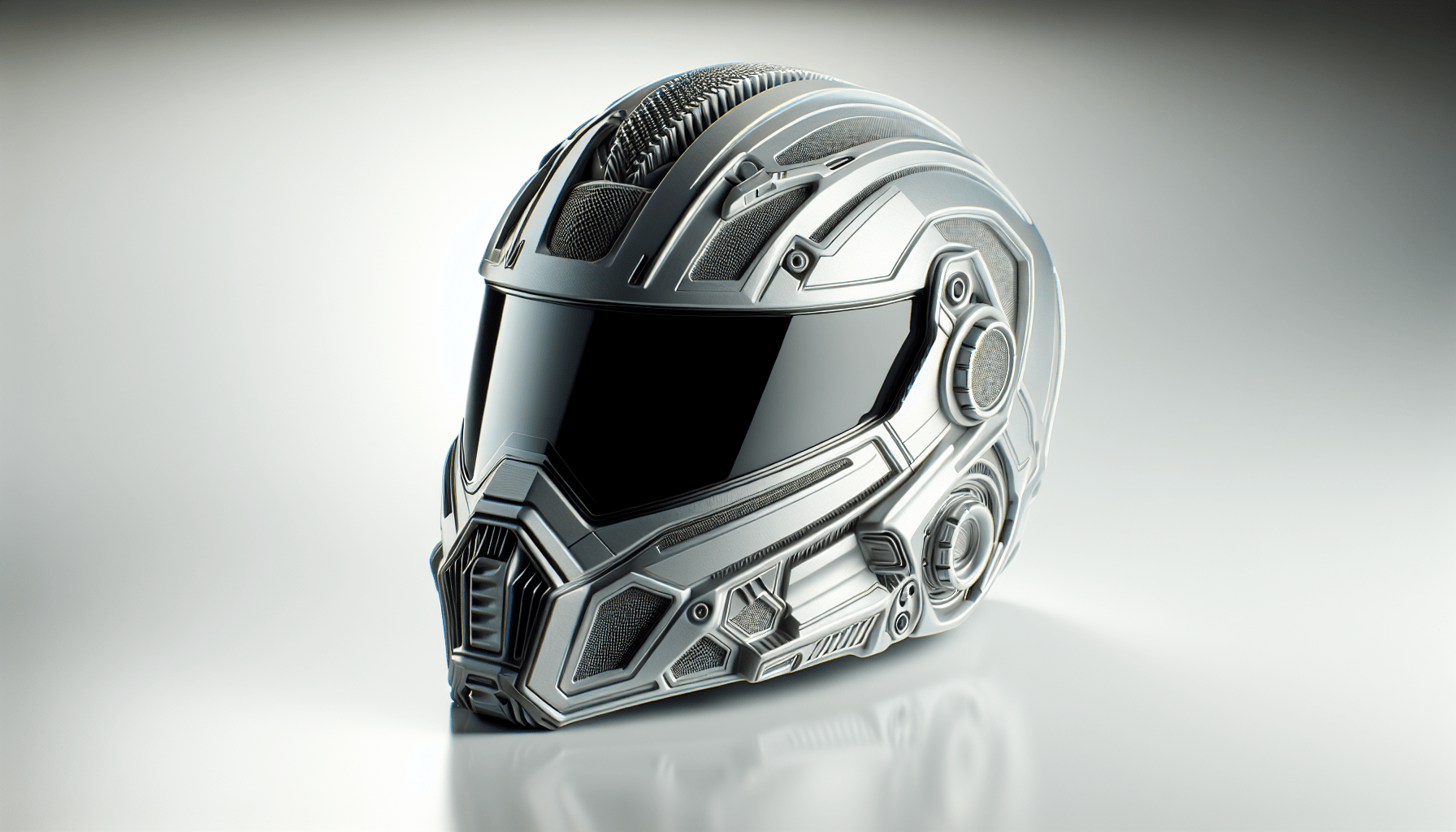Creality K2 Plus Combo 3D Printer, Multi Color Printing with New CFS, Max 600mm/s Printing Speed, Full-auto Leveling, Next-Gen Direct Drive Extruder, Dual Al Camera, Build Volume 350 * 350 * 350mm
$1,349.00 (as of June 19, 2025 23:45 GMT +00:00 - More infoProduct prices and availability are accurate as of the date/time indicated and are subject to change. Any price and availability information displayed on [relevant Amazon Site(s), as applicable] at the time of purchase will apply to the purchase of this product.)Can You Smell It?
You know that smell, the one that’s hard to describe but impossible to ignore. It’s the kind of smell that makes you wrinkle your nose in distaste. If you’ve ever worked with 3D printers, you’re probably familiar with that smell. It’s the smell of ABS, a type of plastic used in 3D printing. But ABS isn’t the only culprit. Other types of filaments, like ASA, PETG, and PLA, also emit particles and VOCs (volatile organic compounds) that can be hazardous to your health.

Anycubic 3D Materials Sale: Resin & PLA from $9.49/kg
The Question
So, what exactly are these 3D printers emitting that we’re breathing in? Can we measure and quantify the differences between filaments? How dangerous are these emissions, and what can we do to keep them out of our lungs, our bloodstreams, and our brains? These are the questions that I set out to answer.

Anycubic 3D Materials Sale: Resin & PLA from $9.49/kg
The Problem
The two main types of emissions from 3D printers are particulate matter and VOCs. Particulate matter refers to tiny particles that are released into the air when the printer is in use. These particles can be inhaled deep into the lungs, causing damage and potentially leading to respiratory problems. VOCs, on the other hand, are chemicals that evaporate quickly and can cause a range of health problems, from headaches and dizziness to cancer and reproductive issues.
Particulate Matter
Particulate matter is a major concern when it comes to 3D printing. The smaller the particles, the deeper they can penetrate into the lungs, causing damage and potentially leading to respiratory problems. Ultra-fine particles, which are smaller than 100 nm, can even make it into the brain, where they have been linked to inflammatory reactions and an increased risk of developing conditions like Alzheimer’s.
| Particle Size | Health Effects |
|---|---|
| 2.5 µm and larger | Can be filtered out by the respiratory system |
| 1-2.5 µm | Can make it deep into the lungs, causing damage |
| 0.1-1 µm | Can make it into the brain, causing inflammatory reactions |
| 100 nm and smaller | Can make it into the brain, causing inflammatory reactions and increasing the risk of conditions like Alzheimer’s |
VOCs
VOCs are another major concern when it comes to 3D printing. These chemicals can evaporate quickly and cause a range of health problems, from headaches and dizziness to cancer and reproductive issues. Some common VOCs emitted by 3D printers include acetone, ethanol, benzene, and formaldehyde.
| VOC | Health Effects |
|---|---|
| Acetone | Can cause headaches, dizziness, and nausea |
| Ethanol | Can cause headaches, dizziness, and nausea |
| Benzene | Can cause cancer and reproductive issues |
| Formaldehyde | Can cause cancer and respiratory problems |

The Solution
So, what can we do to reduce the emissions from our 3D printers and keep ourselves safe? Here are a few tips:
Use a Filter
Using a filter can help to reduce the amount of particulate matter and VOCs emitted by your 3D printer. Look for a filter that is specifically designed to capture ultra-fine particles and VOCs.
Use a Well-Ventilated Area
Printing in a well-ventilated area can help to reduce the concentration of particles and VOCs in the air. Open windows and doors to provide good airflow.
Choose the Right Filament
Some filaments are safer than others. Look for filaments that are made from natural materials and are biodegradable.
Monitor Your Air Quality
Monitoring your air quality can help you to identify potential problems and take steps to address them. Look for a monitor that can detect particulate matter and VOCs.
By following these tips, you can help to reduce the emissions from your 3D printer and keep yourself safe. Remember, it’s always better to be safe than sorry when it comes to your health.
Anycubic 3D Materials Sale: Resin & PLA from $9.49/kg









